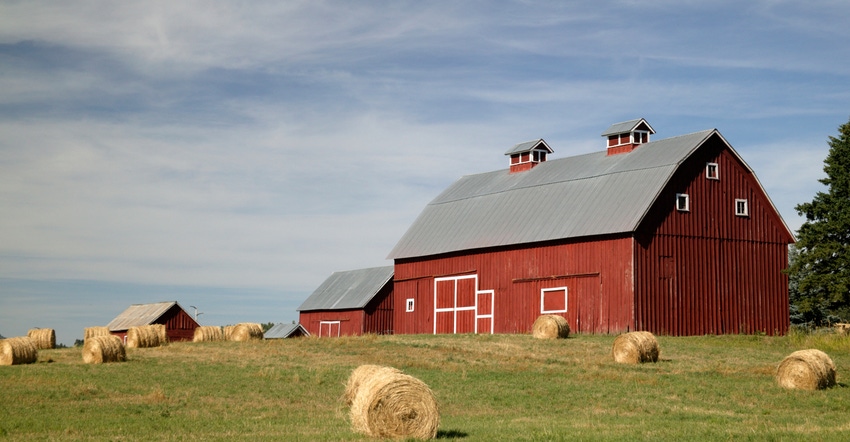August 11, 2021

In 1969 when I was 11 years old, my dad got his right arm cut off in a combine accident. Fortunately, he survived. His arm was reattached in six hours of surgery, but he lost much of the dexterity in his fingers and mobility in his arm. Even though he was left-handed and could still drive tractors and plant and harvest crops, farming became a huge challenge for him.
That is why at least once a year, I write an editorial to remind readers to be careful on the farm — accidents do happen, and they can be life-changing and even deadly.
Serious injuries
During the past two years, three Wisconsin farmers I know were seriously injured in accidents on the farm. All three required hospitalization. One was injured in a tractor rollover on a road, which totaled the tractor he was driving and the baler behind it. Another one had the lower half of his body crushed when a skid steer he was standing next to flipped over on top of him, pinning him underneath. The third one became entangled in a PTO and lost his forearm.
All three are grateful to be alive, but they suffered debilitating injuries.
Fall harvesttime can be one of the busiest and most dangerous times of year on a farm. And 2019 data for the U.S. Bureau of Labor Statistics indicates that agricultural jobs are still the most dangerous in America, with 573 fatalities, or an equivalent of 23.1 deaths per 100,000 workers.
For this reason, the third week of September — Sept. 19-25 — has been recognized as National Farm Safety and Health Week. This annual promotion initiated by the National Safety Council has been proclaimed as such by each sitting U.S. president since Franklin D. Roosevelt in 1944. National Farm Safety and Health Week is led by the National Education Center for Agricultural Safety, the agricultural partner of the National Safety Council.
In 2014, an estimated 12,000 youth were injured on farms; 4,000 of these injuries were due to farm work.
Who is at risk?
Approximately 2,038,000 full-time workers were employed in production agriculture in the U.S. in 2018.
About 1.4 million to 2.1 million hired crop workers are employed annually on crop farms in the U.S.
An estimated 893,000 youth under 20 years of age resided on farms in 2014, with about 454,000 youth performing farm work. In addition to those who live on farms, an estimated 266,000 youth were hired to work on U.S. farms in 2014.
The most effective way to prevent tractor overturn deaths is the use of a rollover protective structure with a seatbelt.
In 2014, 62% of tractors used on farms in the U.S. were equipped with ROPS. If ROPS were placed on all tractors manufactured since the mid-1960s and used on U.S. farms, the prevalence of ROPS-equipped tractors could be increased to over 80%.
Data shows that tractor overturns continue to happen. Between 2011 and 2018, 971 tractor-related fatalities occurred in agricultural production. These types of fatalities could be rollovers, entanglements or falls.
Previous studies have shown that 45% of “tractor-related fatalities” in the U.S. are due to tractor overturns. Many tractors without ROPS are still in use. In 2011, the most recent year data was available, 59% of tractors in use were equipped with ROPS — meaning that 41% did not have ROPS.
This was nearly the same as data from five years earlier, suggesting that growth of ROPS use seen in previous years had slowed. The continued use of older tractors without ROPS increases the risk for deaths and injuries in the event of a tractor overturn.
Think safety first when you are working on the farm, stay focused on what you are doing, don’t be in a hurry, and be sure to retrofit old tractors with ROPS. The life you save might be your own!
Comments? Email [email protected].
You May Also Like




